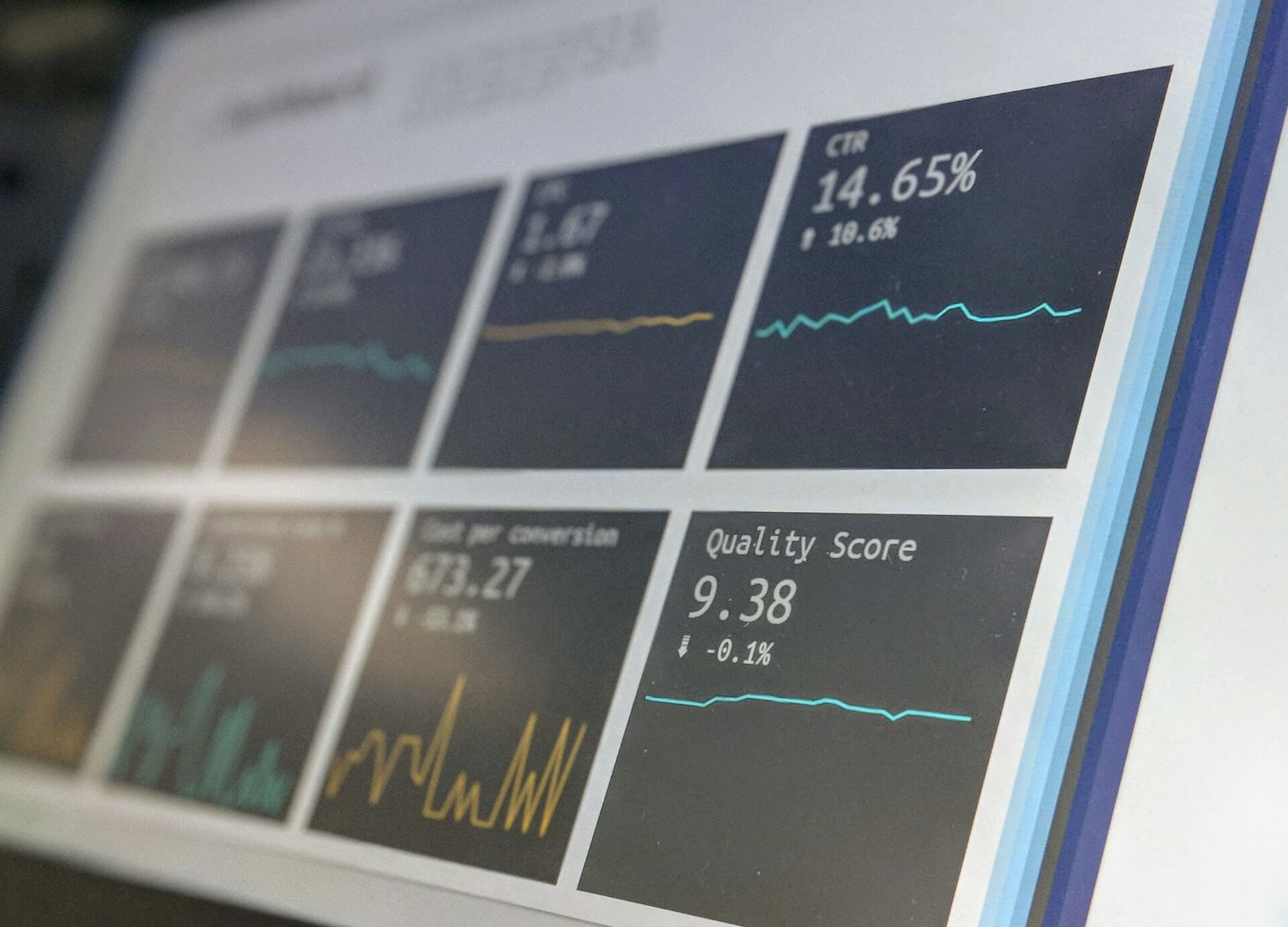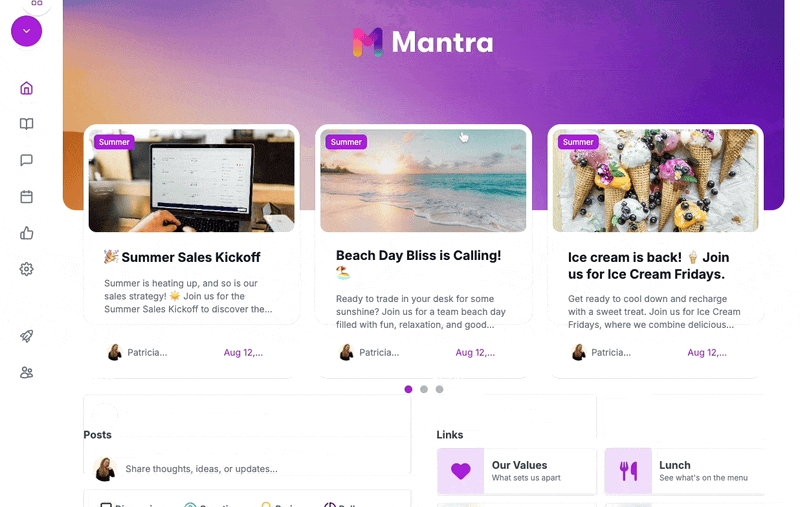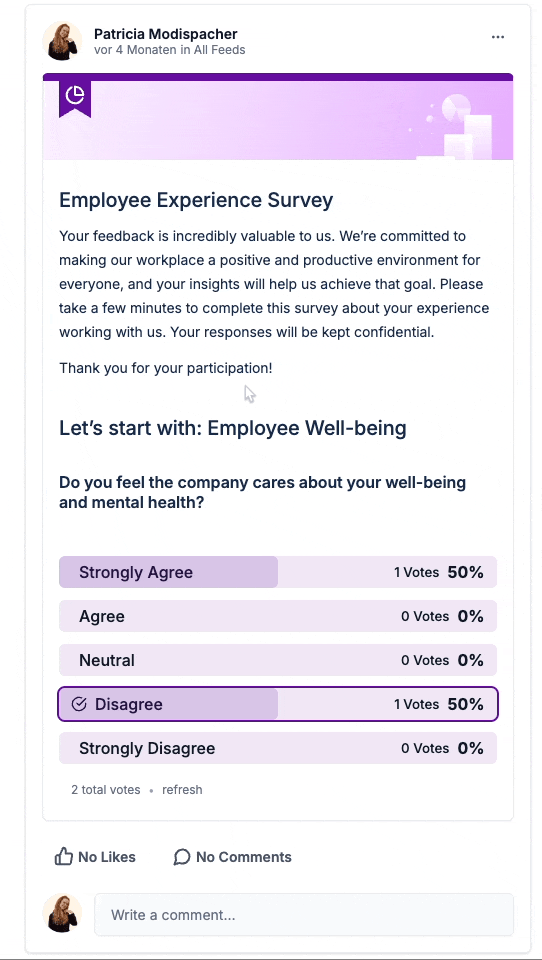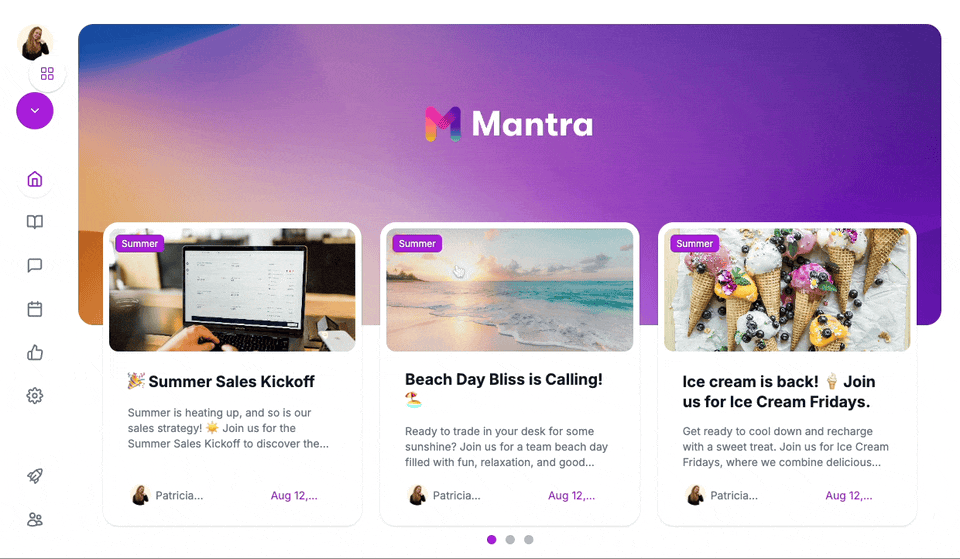
How to Create Stunning Project Status Reports in Confluence
Struggling to keep everyone updated on the project status? We’ll show you how to easily

Nearly half of workers report that their productivity is affected by ineffective communication. This highlights a common challenge in many organizations: when leadership messages don’t flow clearly or efficiently.
Improving top-down communication is critical to ensuring that everyone is aligned with company goals and working towards the same objectives. In this article, we’ll explore what top-down communication means, common barriers to effective communication, and strategies to improve it.
Top-down communication, also known as downward communication, refers to the flow of information from higher levels of an organization (such as executives and managers) to lower levels (employees). In a top-down hierarchy, this communication is crucial for delivering strategies, directives, company updates, and goals to the entire team.
Top-down communication is often structured, as leadership aims to ensure clarity and alignment across the organization. However, without effective methods, this approach can result in misunderstandings, lost messages, or delays.
Bottom-up communication, on the other side, is the process by which information flows from employees up to management. In contrast to top-down communication, this approach focuses on gathering feedback, suggestions, and concerns from employees, enabling leadership to gain insights into what is happening at all levels of the company.
While both forms of communication are essential, they serve different purposes and complement each other in creating a well-rounded communication strategy.
|
Top-Down Communication |
Bottom-Up Communication |
|---|---|
|
Leadership-driven, providing instructions, goals, and company updates |
Employee-driven, sharing feedback, ideas, and concerns with leadership |
|
Alignment with strategic objectives and company vision |
Employees feel heard, valued, and motivated to contribute |
|
Challenges: Risk of one-way communication, employees may feel disconnected |
Challenges: Feedback may not always be acted upon, can lead to frustration |
|
Strengths: Clear direction, efficient decision-making, consistent messaging |
Strengths: Encourages innovation, improves morale, fosters a culture of inclusion |
While both top-down and bottom-up communication are essential for a balanced approach, top-down communication often faces unique challenges that can hinder its effectiveness if not properly addressed.
Here are some of the most common hurdles:
One of the biggest pitfalls in top-down communication is unclear messaging. When leaders fail to communicate their expectations or goals in a simple, concise manner, it can lead to confusion among employees. This often results in misinterpretations, incorrect execution of tasks, or delays. In fact, 70% of people believe that wasted time is one of the worst consequences of poor communication, highlighting how critical clarity is.
Leaders often have a lot of information to share, but bombarding employees with too many messages or updates at once can lead to information overload. When employees are overwhelmed by excessive communication, they may miss or ignore important details. This can be particularly problematic in fast-paced environments where priorities shift quickly.
Top-down communication can sometimes suffer from delays, particularly in large organizations where information must pass through multiple layers of management. This slows down decision-making and task execution.If important information gets to employees too late, it can lead to missed opportunities or make it tough for teams to tackle new challenges effectively.
Without a feedback mechanism in place, top-down communication risks becoming a one-way street. Leadership may provide instructions or share updates, but employees may not have a platform to ask questions or share concerns. This lack of feedback creates a disconnect, leaving employees feeling unheard and disengaged.
In larger organizations, top-down communication can vary from one department to another. This inconsistency leads to confusion when different teams are working from conflicting information.

Improving top-down communication requires strategic efforts that ensure clarity, timeliness, and engagement across all levels of your organization. Here are practical steps and strategies to ensure your downward communication will be successful:
One effective way to enhance top-down communication is to ensure that leadership messages are clear and direct. Utilizing frameworks like the Pyramid Principle can assist in structuring communication efficiently. By starting with the most crucial information or instruction at the top, followed by supporting points and additional details, leaders can ensure that employees grasp the main message right away and can delve into specifics as needed.
Example: Pyramid Principle in Top-Down Communication
Scenario: Leadership needs to communicate a major change in company strategy.
Main Point (Top of the Pyramid):
“We are shifting our focus to digital transformation in the next quarter.”
Supporting Arguments (Middle Layer):
“This shift will allow us to stay competitive in the market.”
“We will allocate resources to strengthen our IT infrastructure and customer experience.”
Details (Base of the Pyramid):
“By embracing digital transformation, we will reduce operational costs and improve efficiency by 15%.”
“Investing in cloud technology and automation will enhance our scalability.”
While it may seem like using multiple communication channels (such as email, team meetings, and chat tools) would improve the flow of information, it can actually lead to information overload. Employees may struggle to keep up with scattered updates across various platforms.
To avoid this, companies should consider consolidating communication into a centralized platform, such as a company intranet or knowledge exchange platform like Confluence.

By streamlining communication into a single platform, you reduce the chances of important information getting lost in a sea of emails, chats, or meeting notes, and ensure that your teams stay informed and aligned.
Top-down communication is most effective when it is part of a two-way conversation. You need bottom-up listening first, before you can communicate downward.
For instance, 75% of employers use engagement surveys to gather employee feedback. Creating regular opportunities for feedback through surveys, polls, and town halls gives employees the chance to voice their concerns, suggestions, and questions. Platforms like Mantra offer a post section where anyone can generate polls, creating an ongoing dialogue between leadership and teams.

FOMO is still a thing, also at the workplace. Be kind to your employees and don’t delay your communication. Otherwise, your employees might feel missed opportunities, and even frustration. It’s essential for leadership to communicate updates, decisions, or changes as promptly as possible.
To address this, consider:
A streamlined internal communication plan that ensures important updates are shared promptly, reducing the risk of employees feeling out of the loop.
Direct communication channels from leadership to employees (e.g., company-wide updates via intranets or chat tools).

Since 84% of employees rely on their manager for communication, ensuring that managers are well-trained in delivering clear, consistent messages is essential. Regularly equipping managers with communication tools and techniques—such as how to effectively deliver key messages or how to address employee concerns—will help improve the flow of information from leadership down to individual teams.
If your company is already using Confluence as a central knowledge platform, it’s worth integrating Mantra. Mantra is a social intranet that integrates 100% seamlessly with Confluence. As mentioned above, it’s perfect for both top-down and bottom-up communication within your organization.
The interactive posting section allows all employees to share and engage with each other. Additionally, you can create regular surveys through Mantra to gather feedback and check if your top-down hierarchy is on the right track.
Important company news can be easily created in Mantra and pinned directly to the top of your intranet’s header as priority news.
On top of that, Mantra offers a feature that lets you create and manage events—right within Confluence! This helps prevent information overload by keeping employees timely informed about important events and deadlines.
As you could see, an effective top-down communication is key to making sure employees feel aligned, informed, and motivated. However, by adopting structured methods like the Pyramid Principle and leveraging centralized platforms such as Mantra Intranet for Confluence, organizations can enhance their communication game.
Are you ready? Try Mantra for Confluence now to create a more connected, collaborative workplace.
Supercharge your Confluence

Struggling to keep everyone updated on the project status? We’ll show you how to easily

Tired of endlessly scrolling through Confluence to find what you need? We’ll show you how

The right intranet can make the difference if you thrive your simply survive. We’ll show

You are currently viewing a placeholder content from Wistia. To access the actual content, click the button below. Please note that doing so will share data with third-party providers.
More Information